Anti Roll Bar Links
91 products
Showing 1 - 24 of 91 products
Exploring the Importance of Anti-Roll Bar Links in Automotive Stability
When it comes to vehicle handling and stability, several components work together to ensure a smooth and controlled ride. One crucial element in this equation is the anti-roll bar, also known as a sway bar or stabilizer bar. The anti-roll bar helps minimize body roll during cornering, enhancing the overall stability and safety of the vehicle. However, the effectiveness of this component is directly dependent on the quality and condition of its associated parts, such as the anti-roll bar links. In this article, we delve into the significance of anti-roll bar links and their role in maintaining a balanced and secure driving experience.Understanding the Anti-Roll Bar System:
Before we dive into the details of anti-roll bar links, let's briefly review the anti-roll bar system as a whole. An anti-roll bar is a metal bar that connects the left and right sides of a vehicle's suspension system. It is typically mounted across the front or rear axle and is designed to resist the tendency of a vehicle to lean excessively during cornering. By minimizing body roll, the anti-roll bar helps distribute weight evenly across all four tires, maximizing traction and improving stability.The Role of Anti-Roll Bar Links:
Anti-roll bar links, also known as sway bar links or stabilizer links, are vital components that connect the anti-roll bar to the suspension system of a vehicle. These links provide the necessary flexibility and allow the bar to perform its function effectively. The primary purpose of anti-roll bar links is to transfer forces between the suspension and the anti-roll bar, ensuring that the bar can resist body roll while maintaining proper suspension articulation.Importance of Well-Functioning Anti-Roll Bar Links:
Enhanced Stability: A worn or damaged anti-roll bar link can significantly compromise the stability of a vehicle during cornering. This can lead to excessive body roll, reduced tire grip, and diminished control over the vehicle. Well-functioning anti-roll bar links help maintain stability, allowing drivers to navigate turns with confidence.Improved Handling: Anti-roll bar links play a crucial role in distributing weight evenly across all four tires. This ensures that each tire maintains optimal contact with the road surface, enhancing grip and handling. By reducing body roll, the links contribute to sharper and more precise handling characteristics.
Safer Driving Experience: A properly functioning anti-roll bar link contributes to a safer driving experience by reducing the risk of rollovers and improving overall vehicle control. By keeping the body of the vehicle stable and preventing excessive weight transfer during cornering, the links help maintain traction and minimize the chances of a loss of control situation.
Maintaining and Inspecting Anti-Roll Bar Links:
Given the important role anti-roll bar links play in vehicle stability, regular inspection and maintenance are crucial. Here are a few key points to consider:1. Visual Inspection: Regularly inspect the anti-roll bar links for signs of wear, such as cracks, excessive play, or loose connections. Any visible damage or deformation should be addressed promptly.
2. Lubrication: Some anti-roll bar links have grease fittings that require regular lubrication. Consult your vehicle's manual or a professional mechanic to determine the recommended maintenance schedule for lubricating the links.
3. Replacement: If you notice significant wear or damage to the anti-roll bar links, it is advisable to replace them promptly. Faulty or worn-out links can have a detrimental effect on vehicle stability and compromise safety.
Anti-roll bar links are integral components of a vehicle's suspension system, contributing to stability, handling, and overall safety. By connecting the anti-roll bar to the suspension, these links help reduce body roll, enhance grip, and improve vehicle control during cornering. Regular inspection and maintenance of anti-roll bar links are crucial to ensure their optimal performance. By taking care of these critical components, drivers can enjoy a balanced and secure driving experience, both on straight roads and around challenging bends.
Showing 1 - 24 of 91 products
Display
View
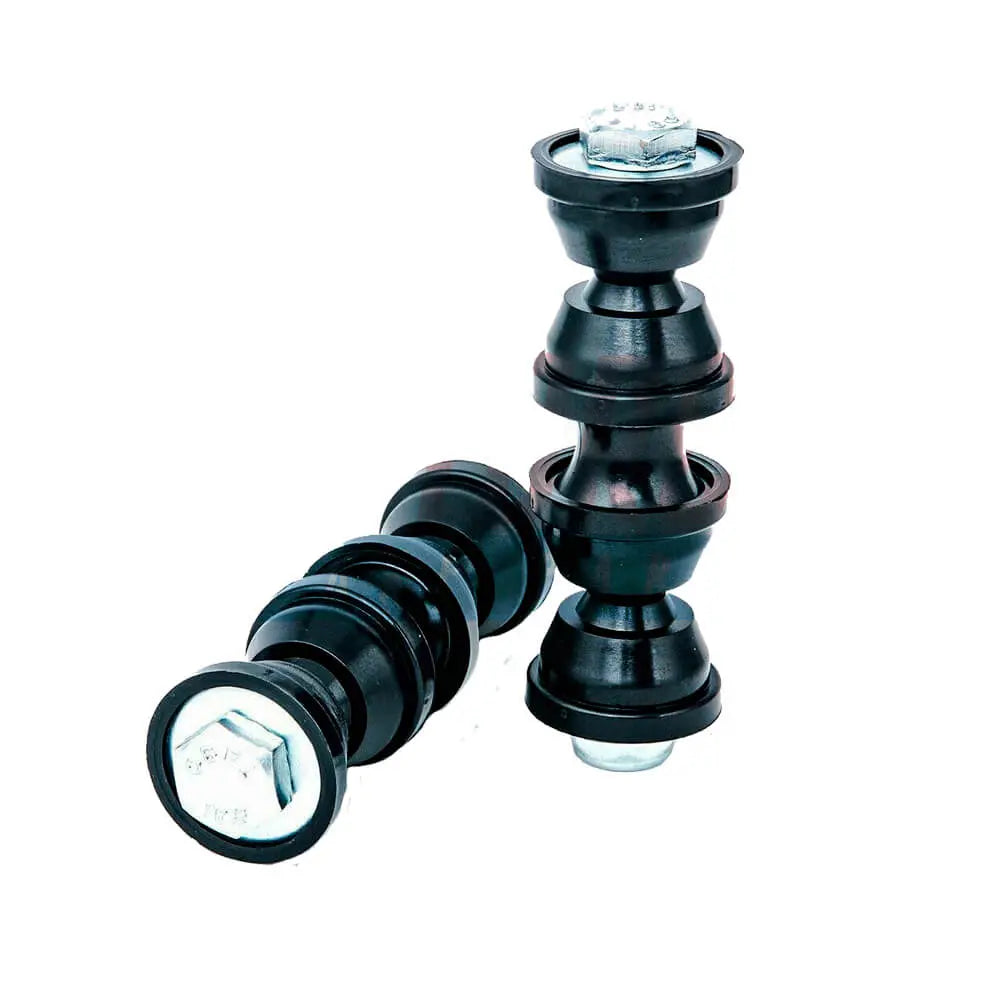
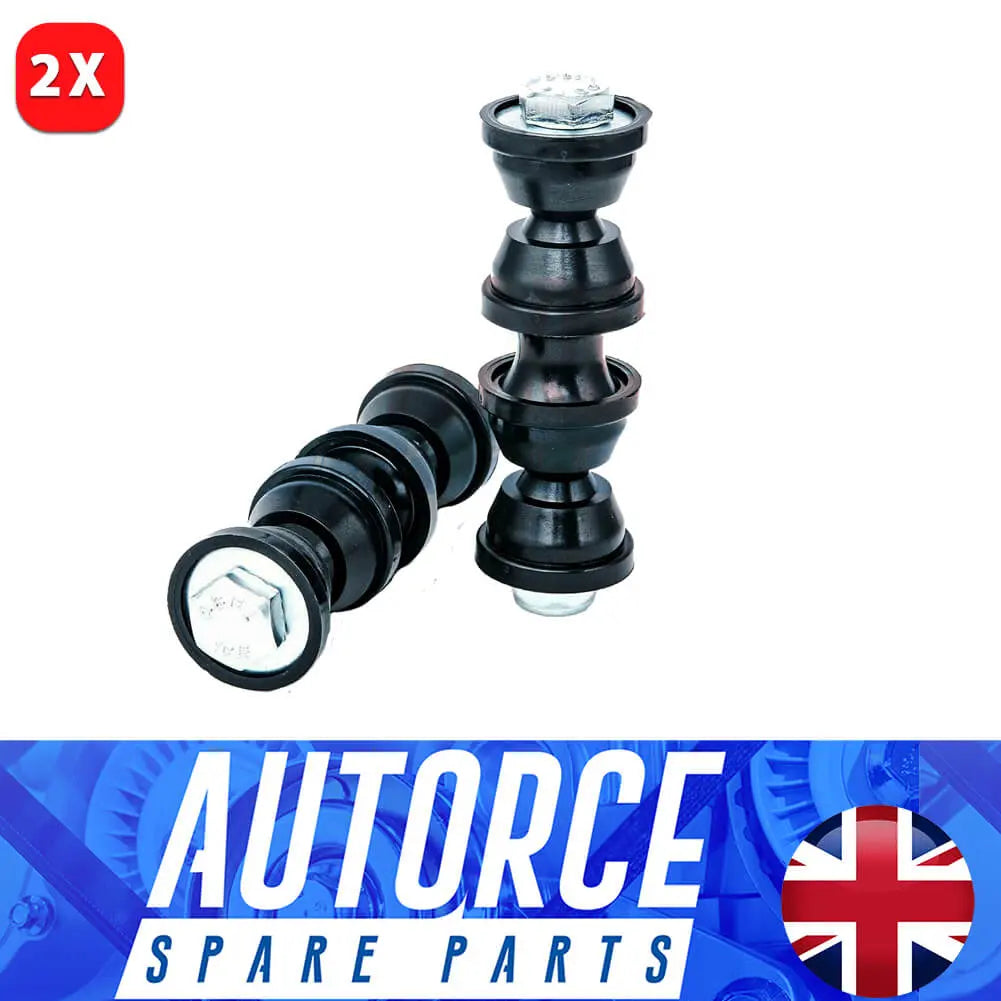
2 Pcs L/R Rear Anti Roll Bar Stabiliser Drop Link For Ford Focus Cmax (2003 - 2007) 8M515E494AA, 8M515E494AB
In stock, 49 units
Sale price£9.99


2 Pcs Front L/R Stabiliser Anti Roll Bar Drop Link Kit For Kia Ceed Cerato - 548302H000, 548302H100
In stock, 50 units
Sale price£14.90
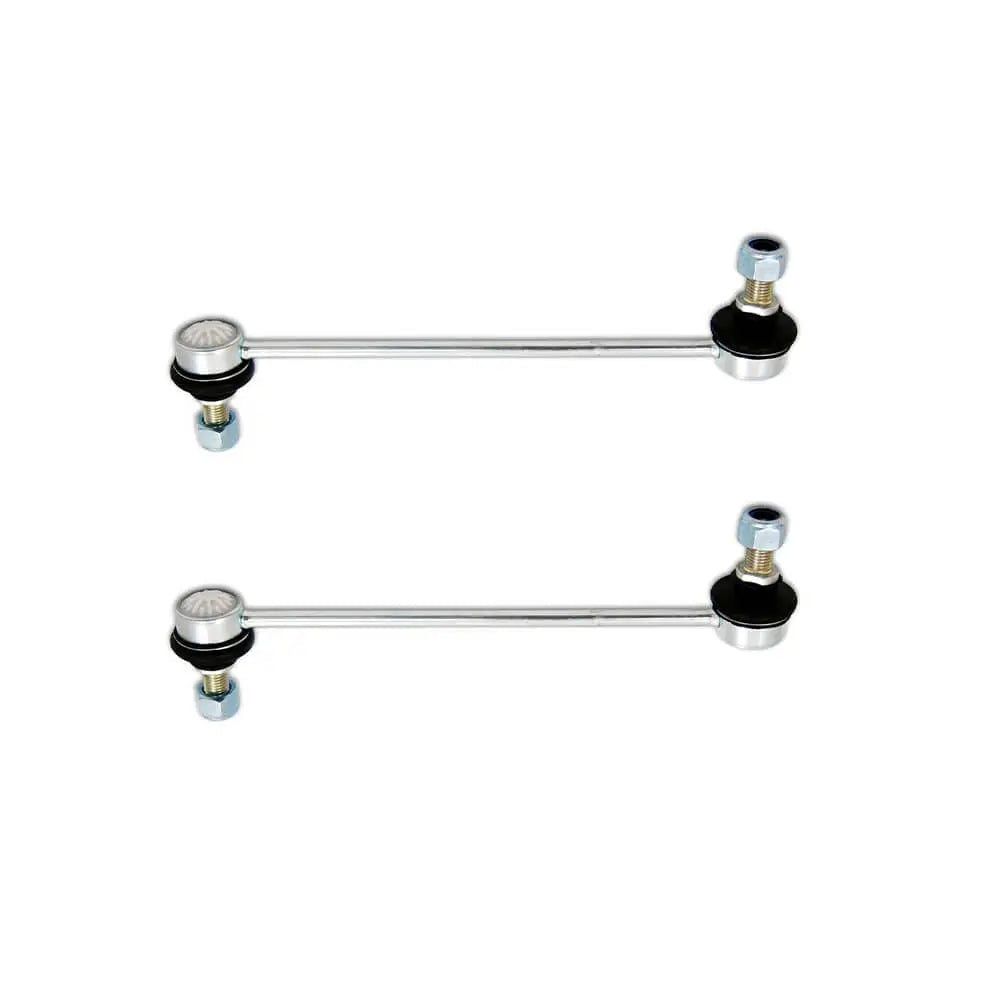
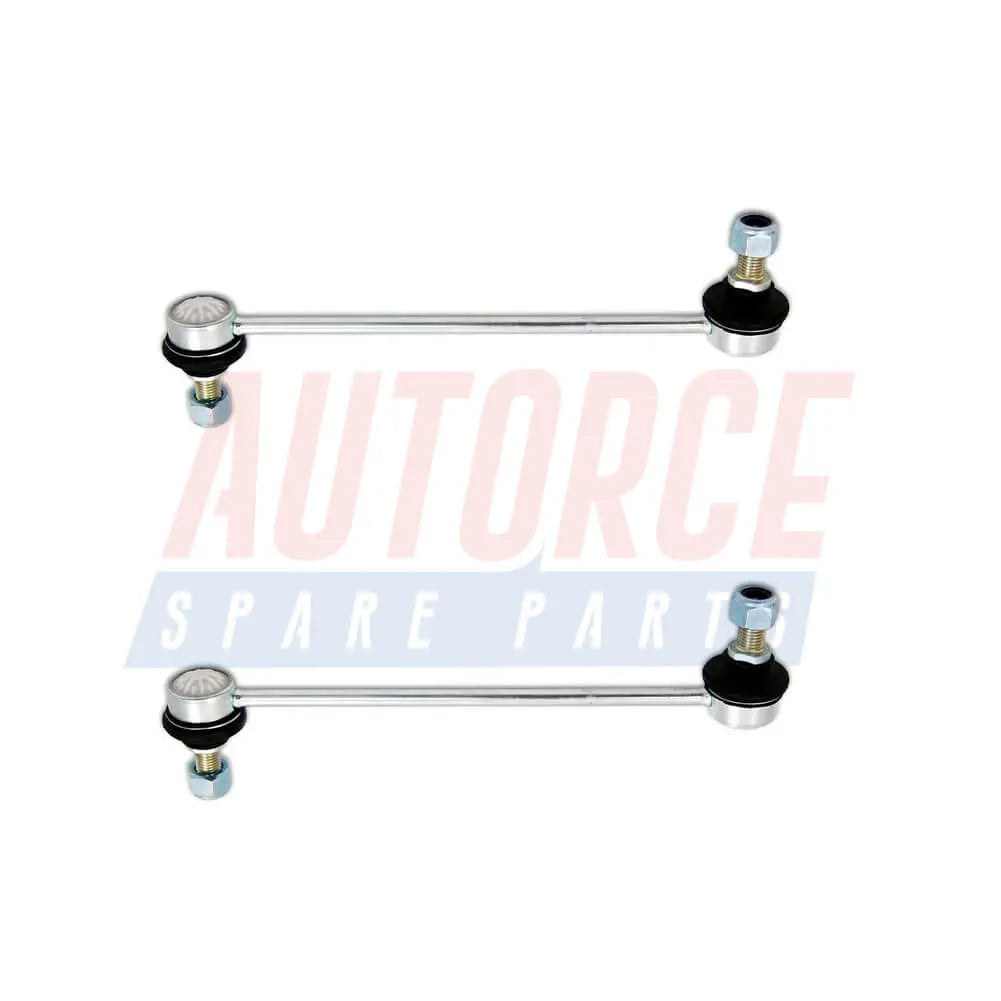
2 Pcs Front L/R Stabiliser Anti Roll Bar Drop Link Kit For Hyundai i30 Elantra - 548302H000, 548302H100
In stock, 50 units
Sale price£14.90

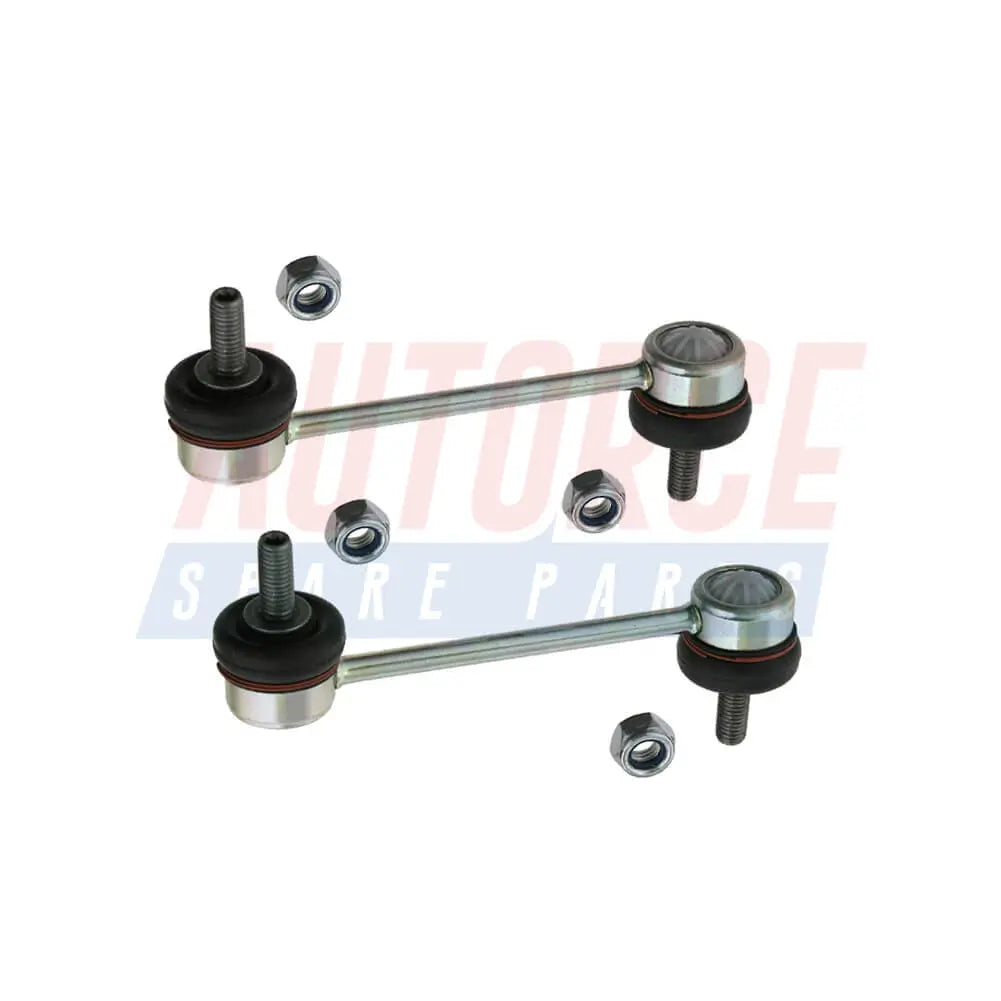
2 Pcs Rear L/R Stabilizer Anti Roll Bar Drop Link For Toyota Avensis T22 - 9651565180
In stock, 50 units
Sale price£14.90

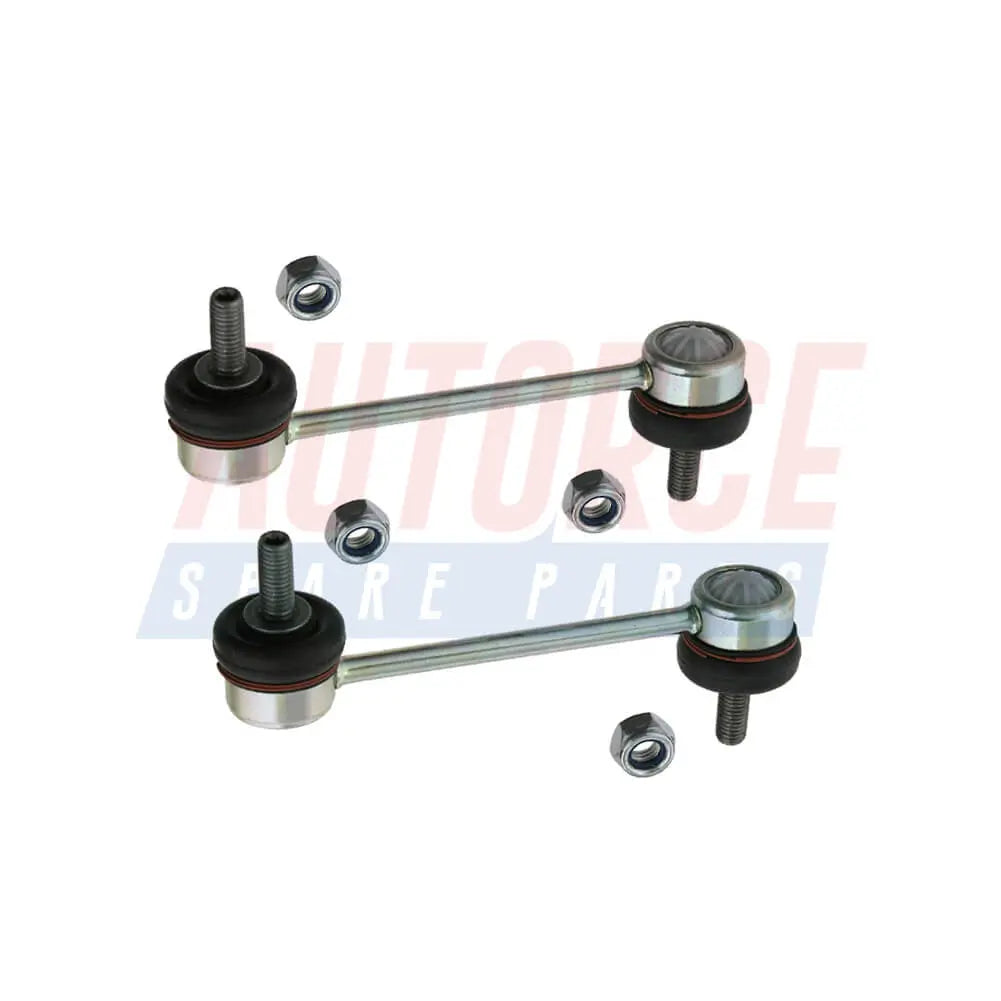
2 Pcs Rear L/R Stabilizer Anti Roll Bar Drop Link For Peugeot 407 508 - 5178.52, 5178.46, 9651565180
In stock, 50 units
Sale price£14.90
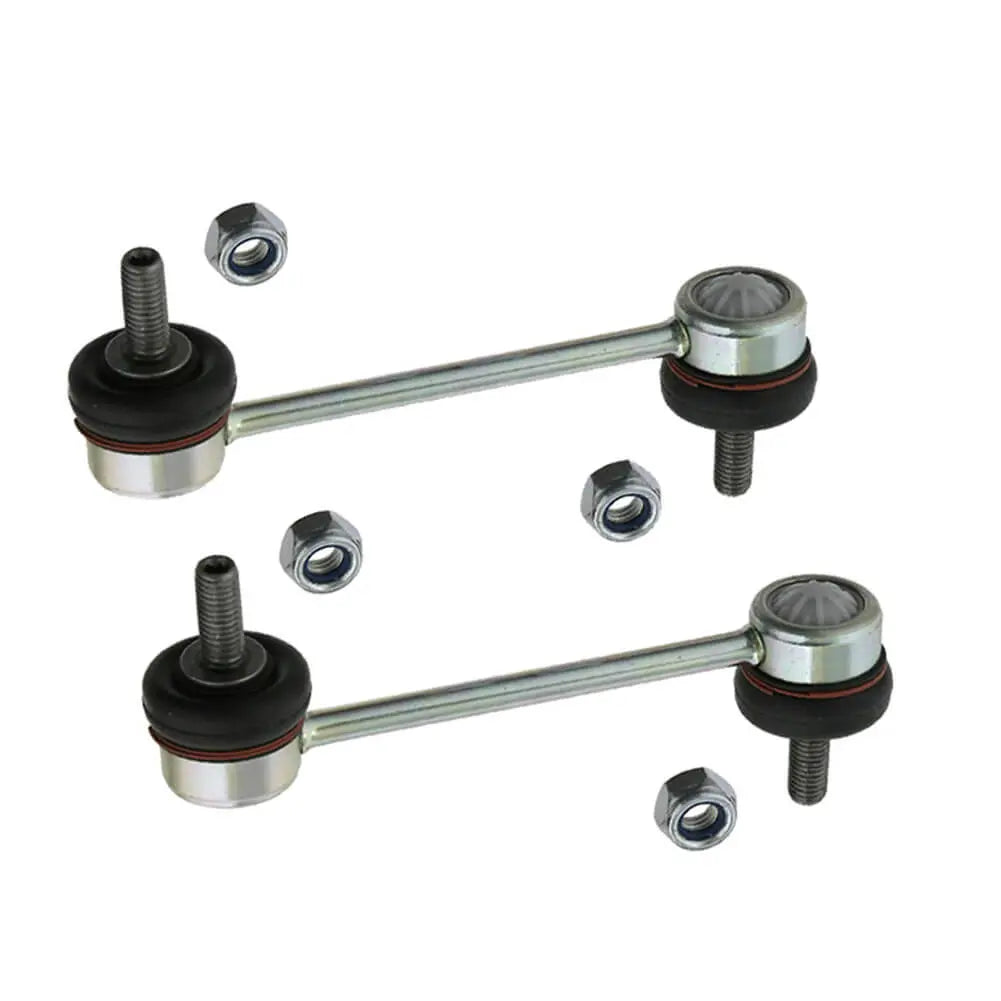

2 Pcs Rear L/R Stabilizer Anti Roll Bar Drop Link For Citroen C5 C6 - 5178.52, 5178.46, 9651565180
In stock, 50 units
Sale price£14.90
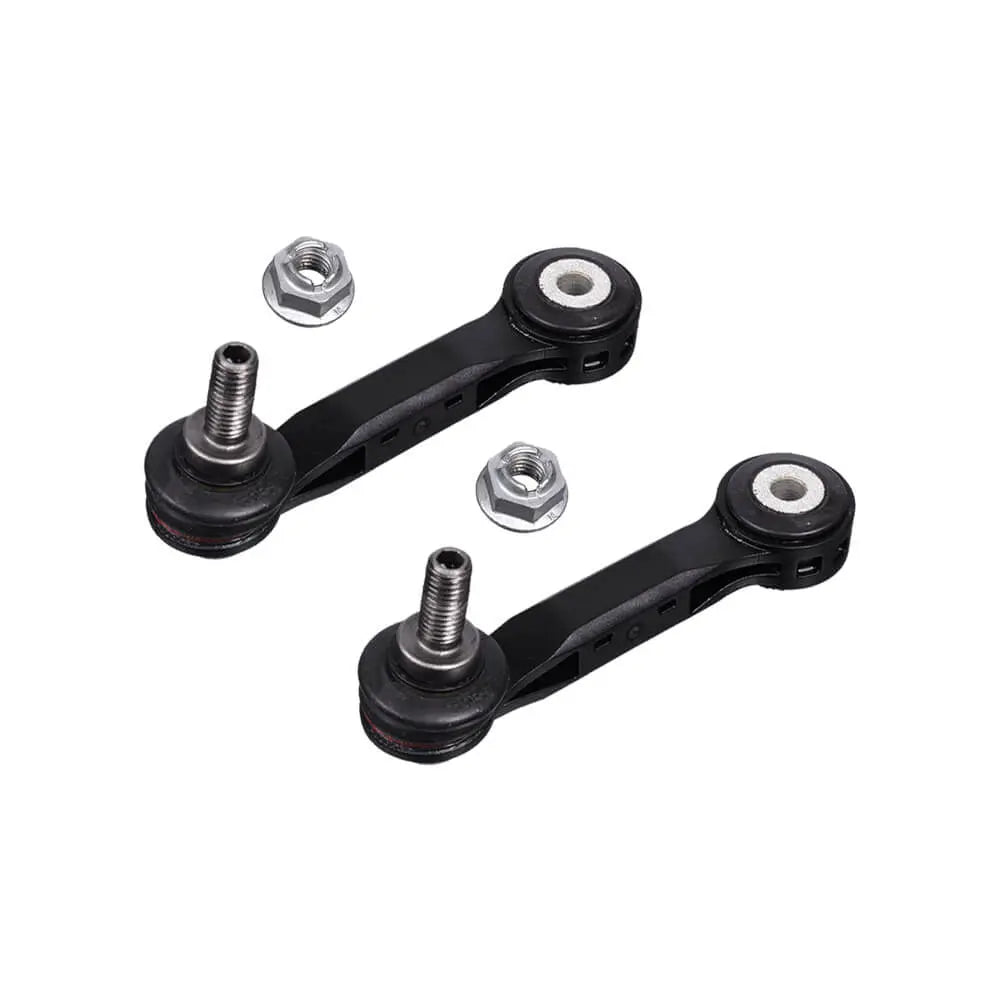
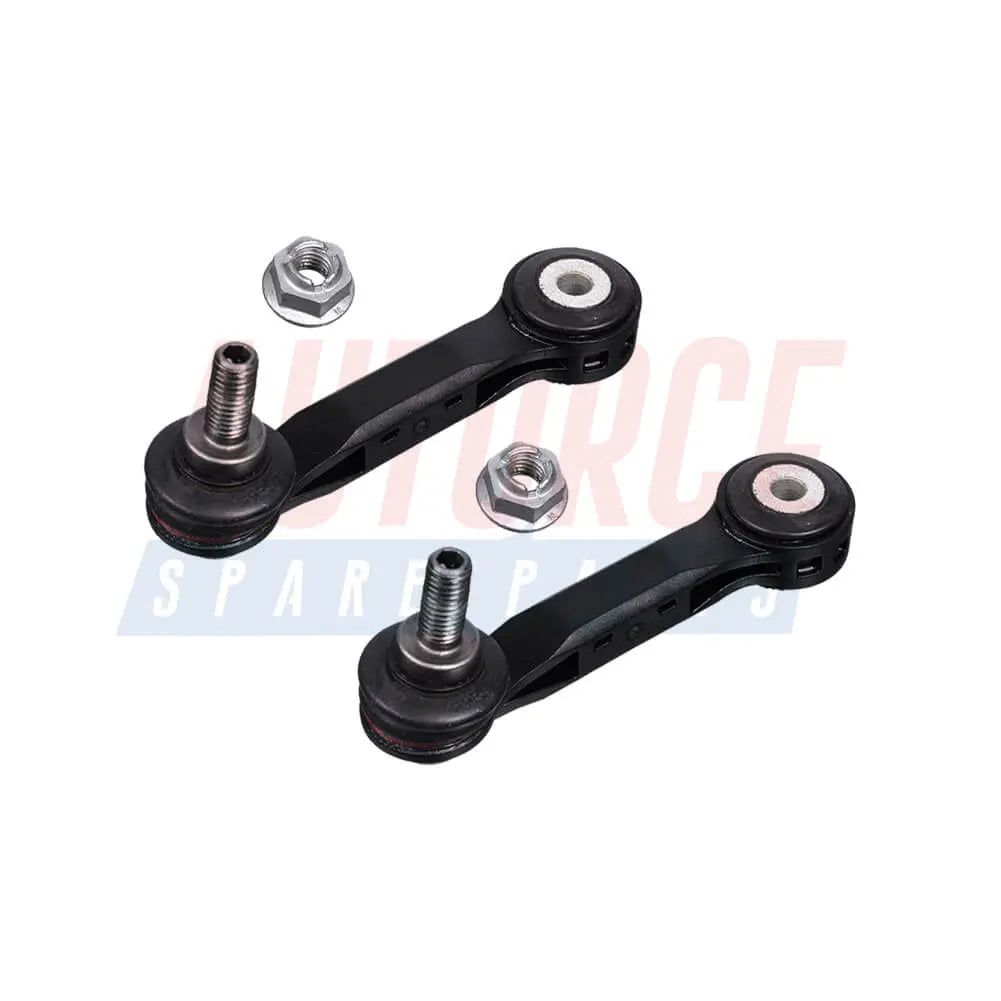
2 Pcs Rear Axle L/R Anti Roll Bar Stabiliser Drop Link For Mini F54 F55 F56 F57 F60 - 33506862865
In stock, 50 units
Sale price£22.90
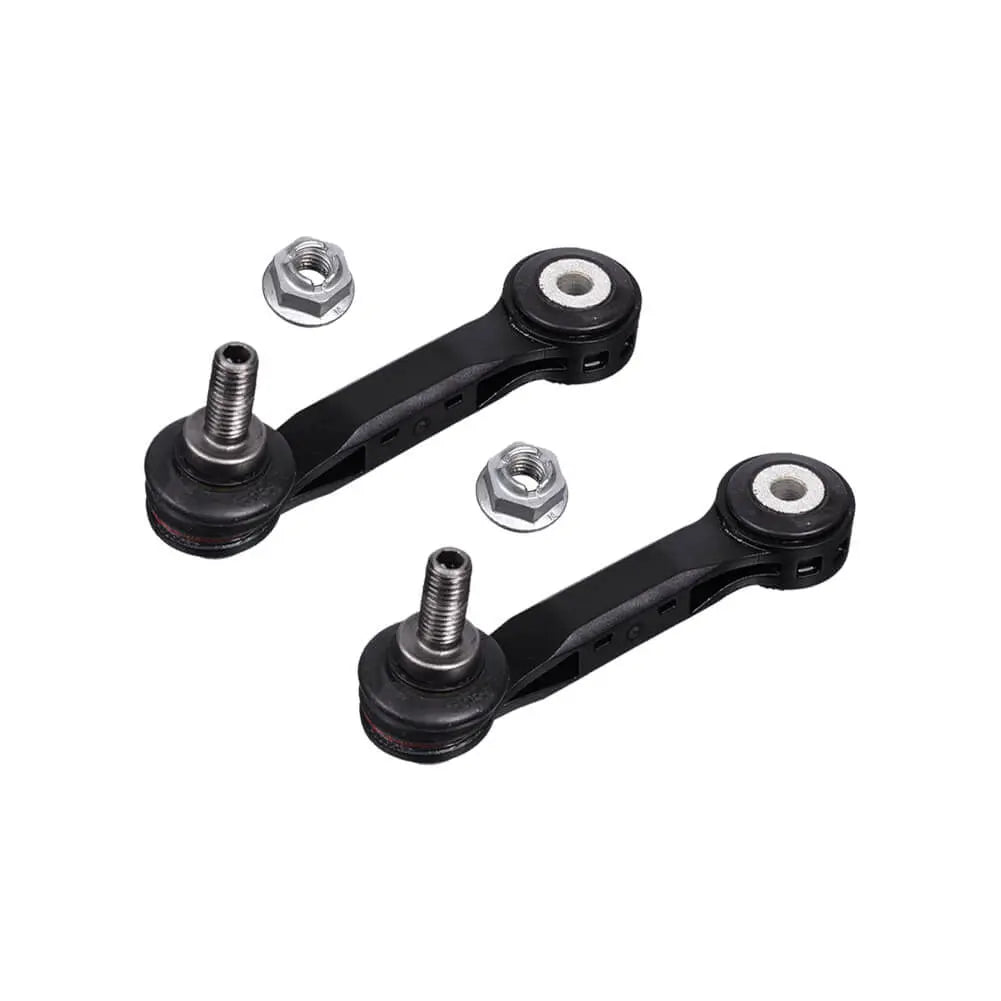
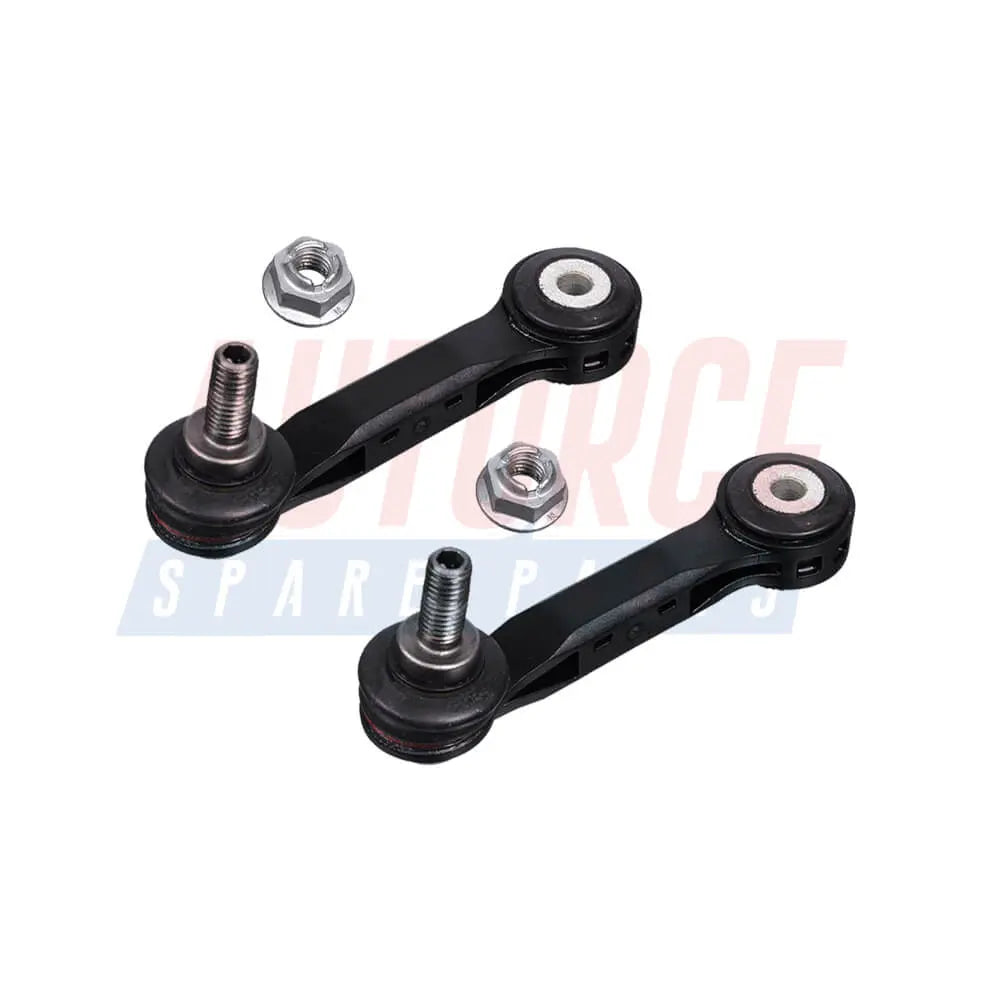
2 Pcs Rear Axle L/R Anti Roll Bar Stabiliser Drop Link For Bmw 1 2 X1 X2 - 33506862865
In stock, 50 units
Sale price£22.90

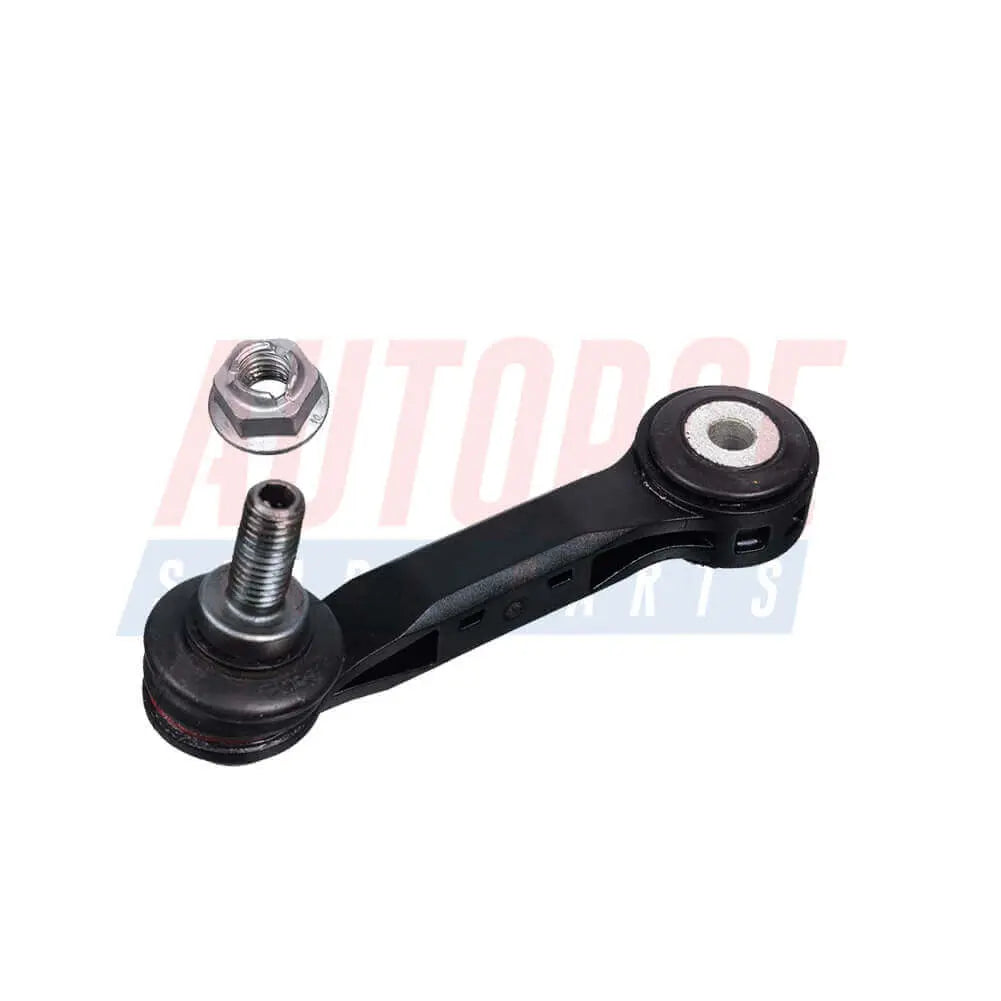
Rear Axle L/R Anti Roll Bar Stabiliser Drop Link For Mini F54 F55 F56 F57 F60 - 33506862865
In stock, 50 units
Sale price£12.90
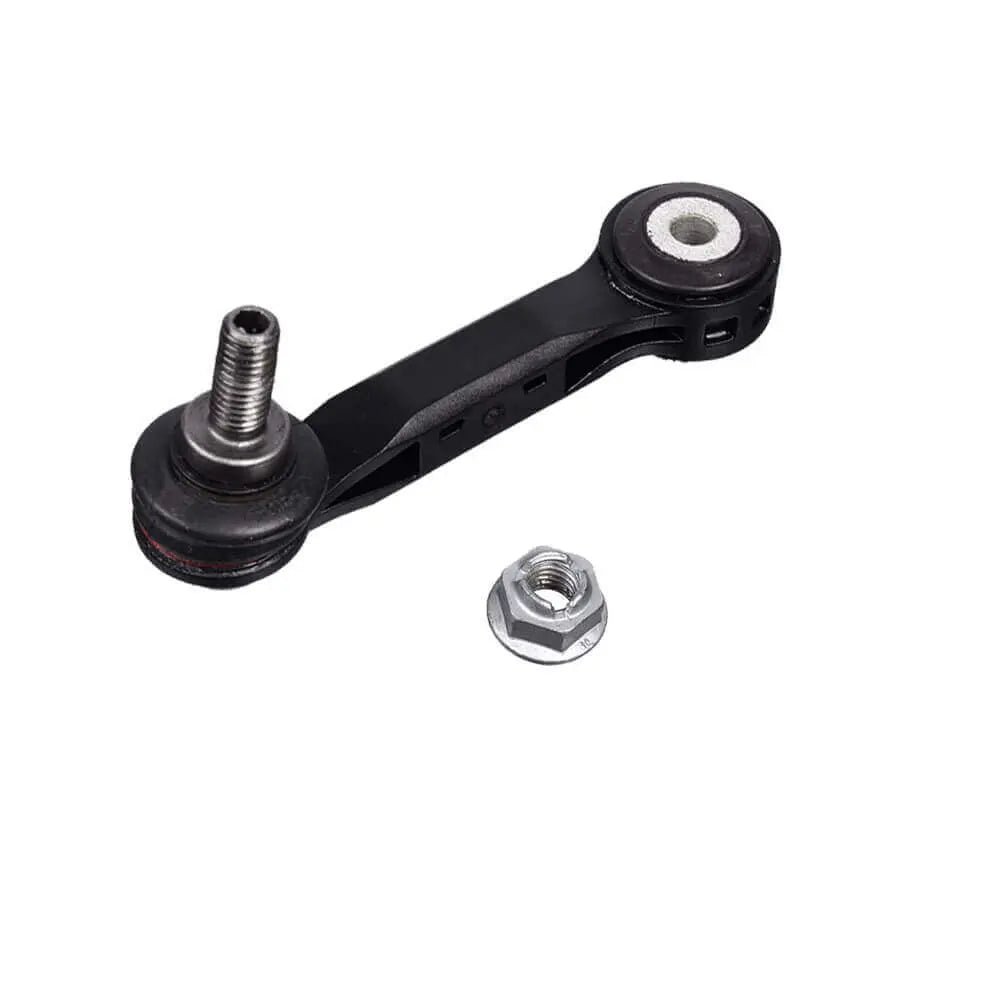
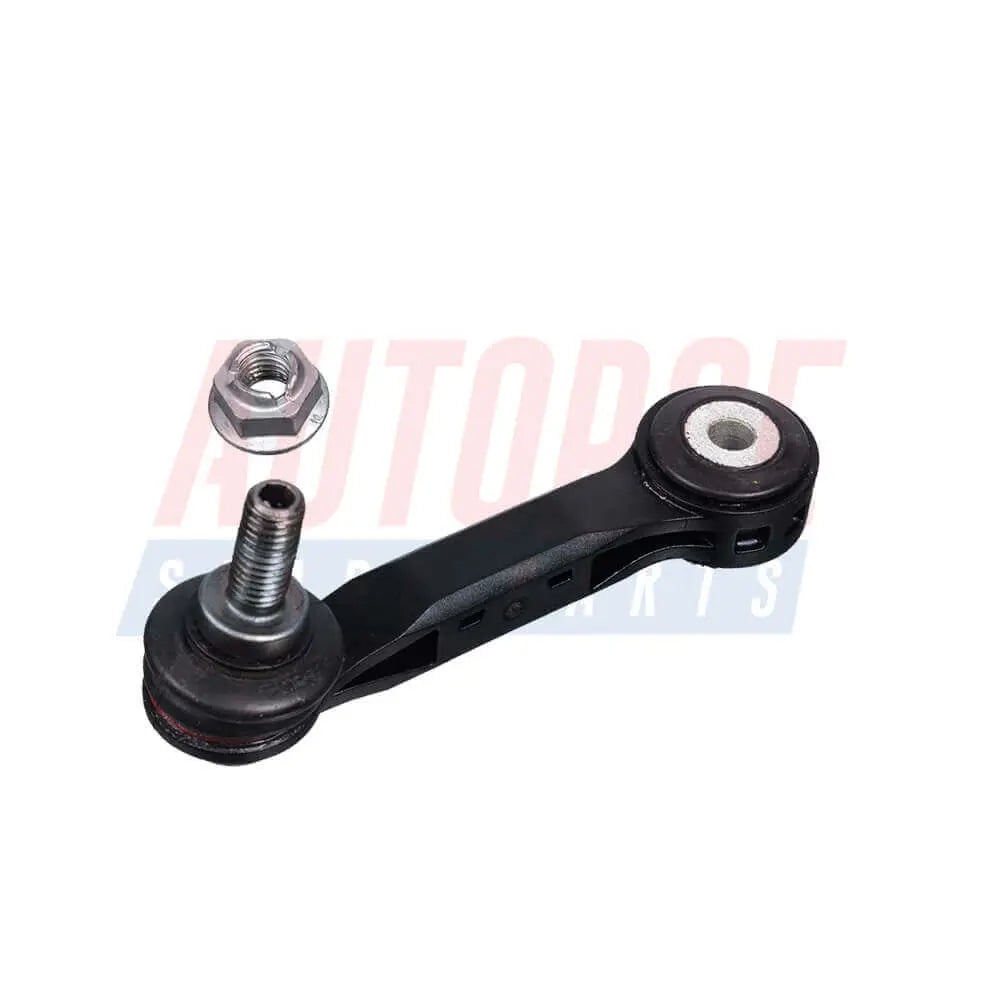
Rear Axle L/R Anti Roll Bar Stabiliser Drop Link For Bmw 1 2 X1 X2 - 33506862865
In stock, 50 units
Sale price£12.90

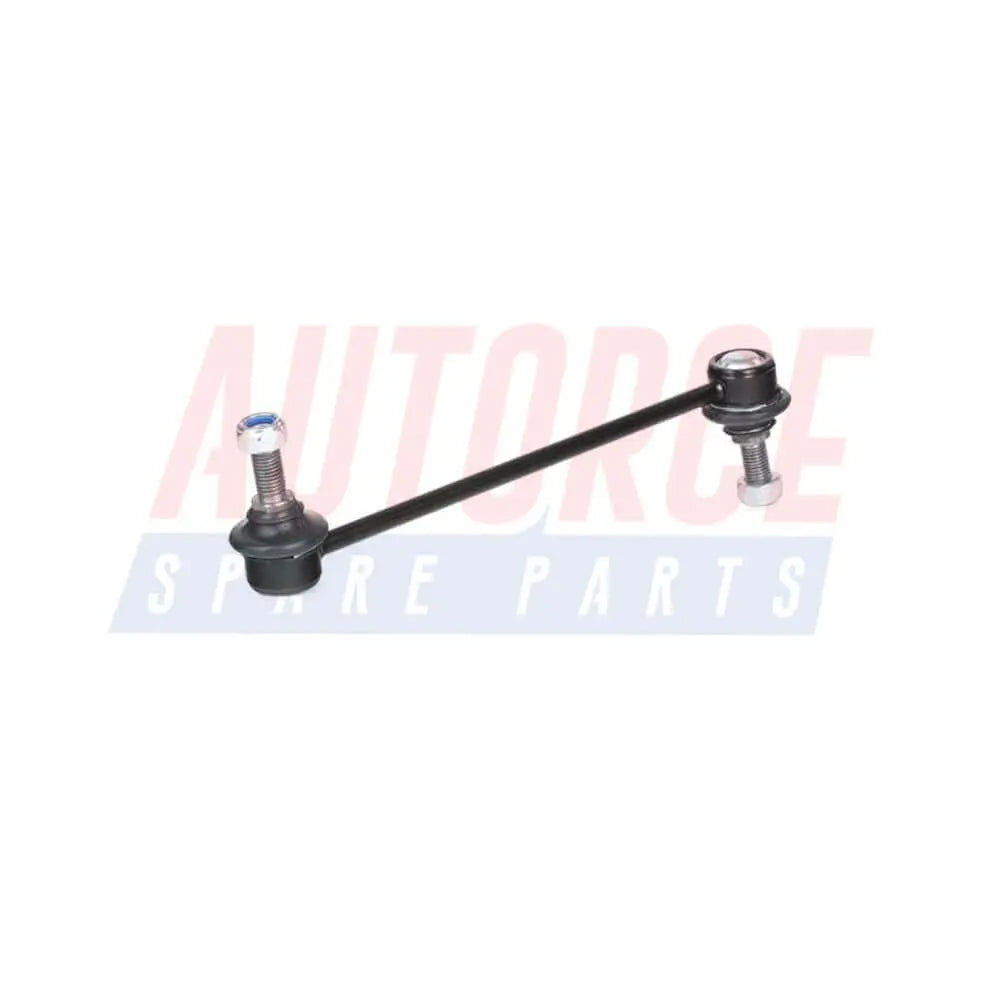
Front L/R Stabiliser Anti Roll Bar Drop Link For Saab YS3E - 4686606, 5236823, 350610, 5236823
In stock, 50 units
Sale price£9.90
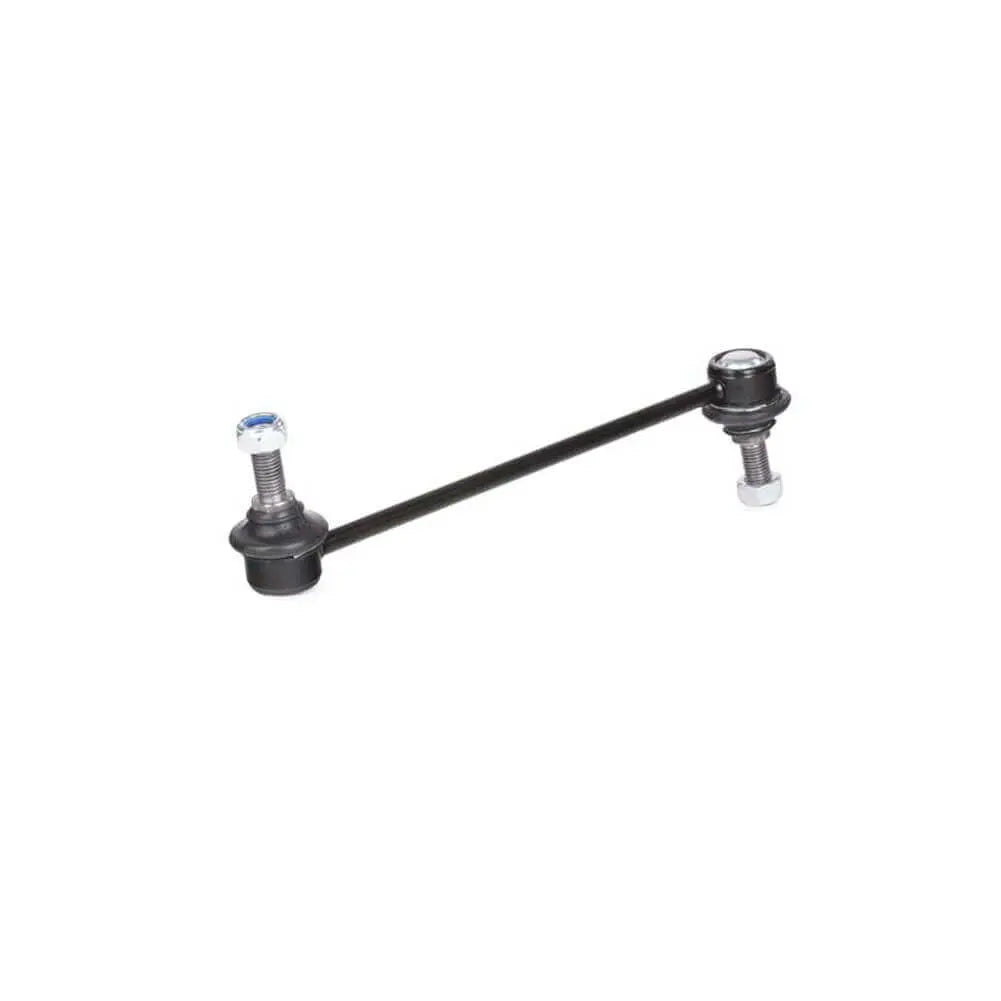

Front L/R Stabiliser Anti Roll Bar Drop Link For Vauxhall Combo Vectra Corsa Corsavan Meriva Tigra - 350610, 5236823
In stock, 50 units
Sale price£9.90

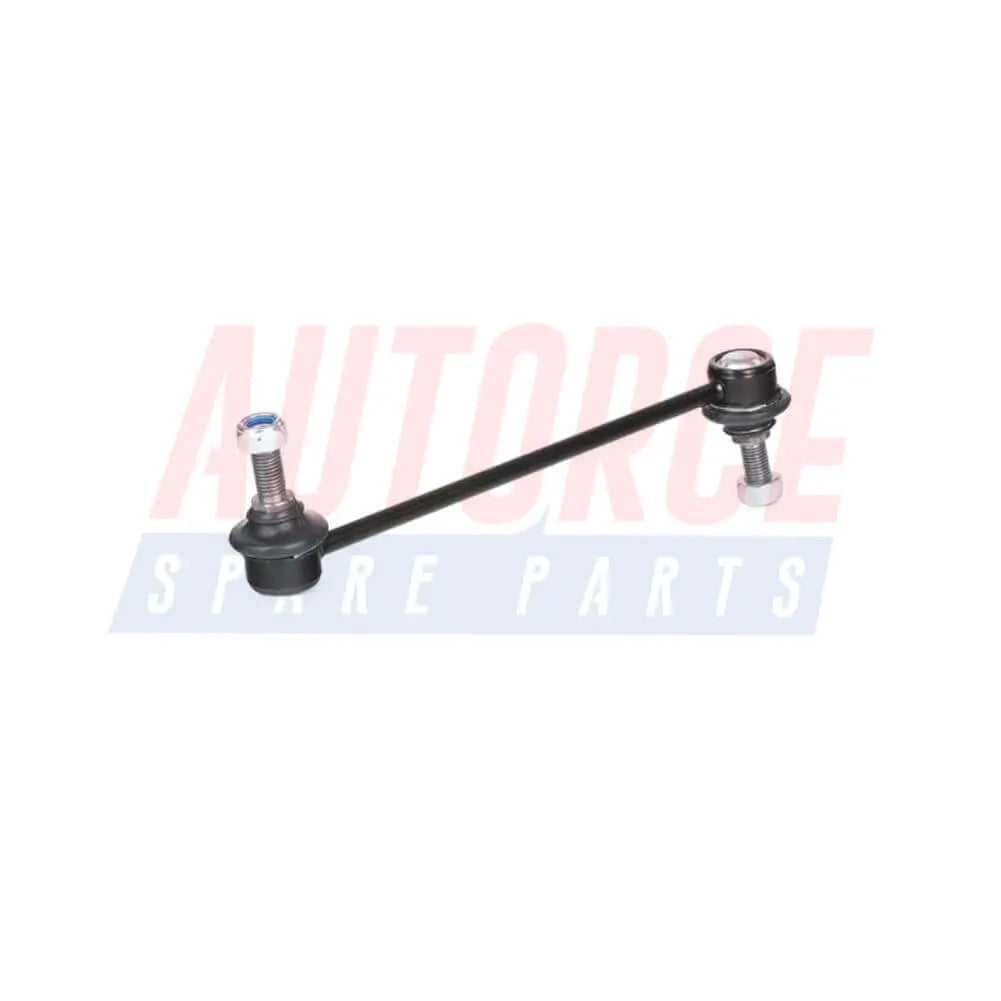
Front L/R Stabiliser Anti Roll Bar Drop Link For Opel Combo Vectra Corsa Combo Meriva Tigra - 350610, 5236823
In stock, 50 units
Sale price£9.90

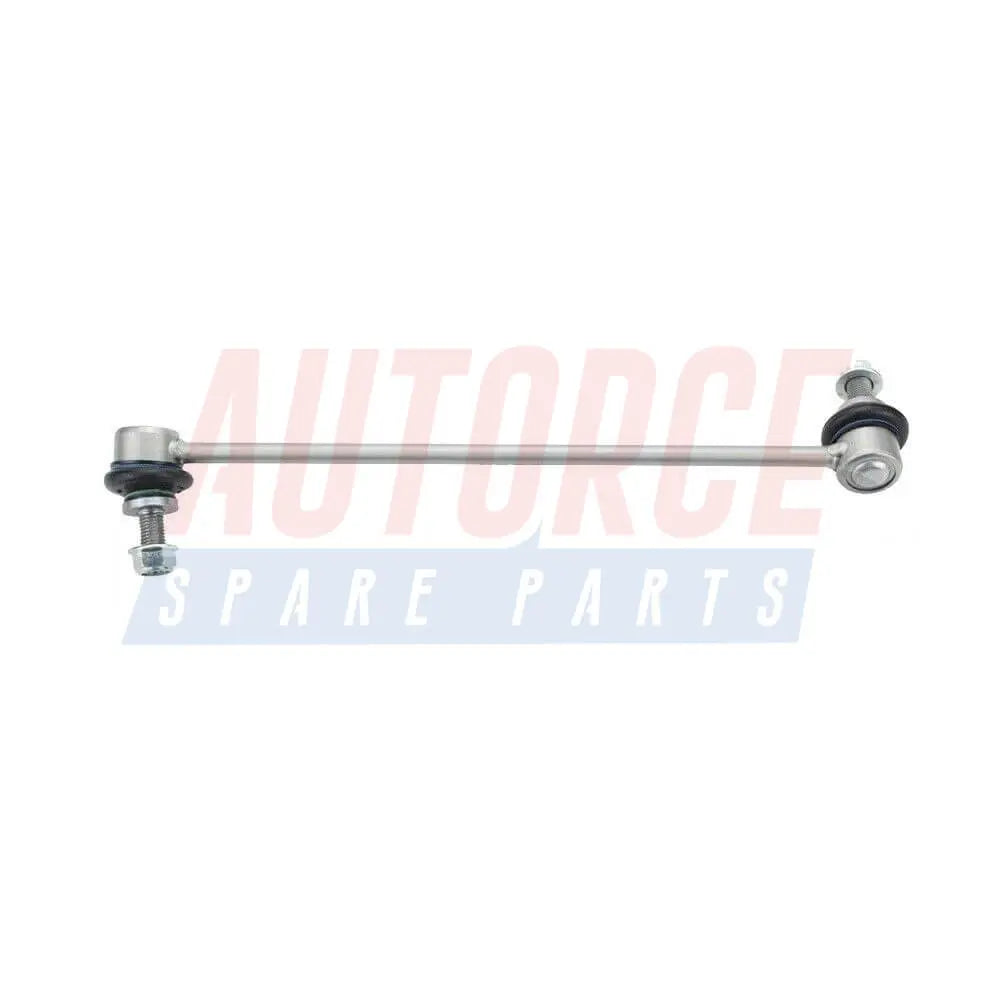
Front Left Anti Roll Bar Stabiliser Drop Link For Mercedes W212 S212 C218 X218 - 2123201189
In stock, 20 units
Sale price£16.90
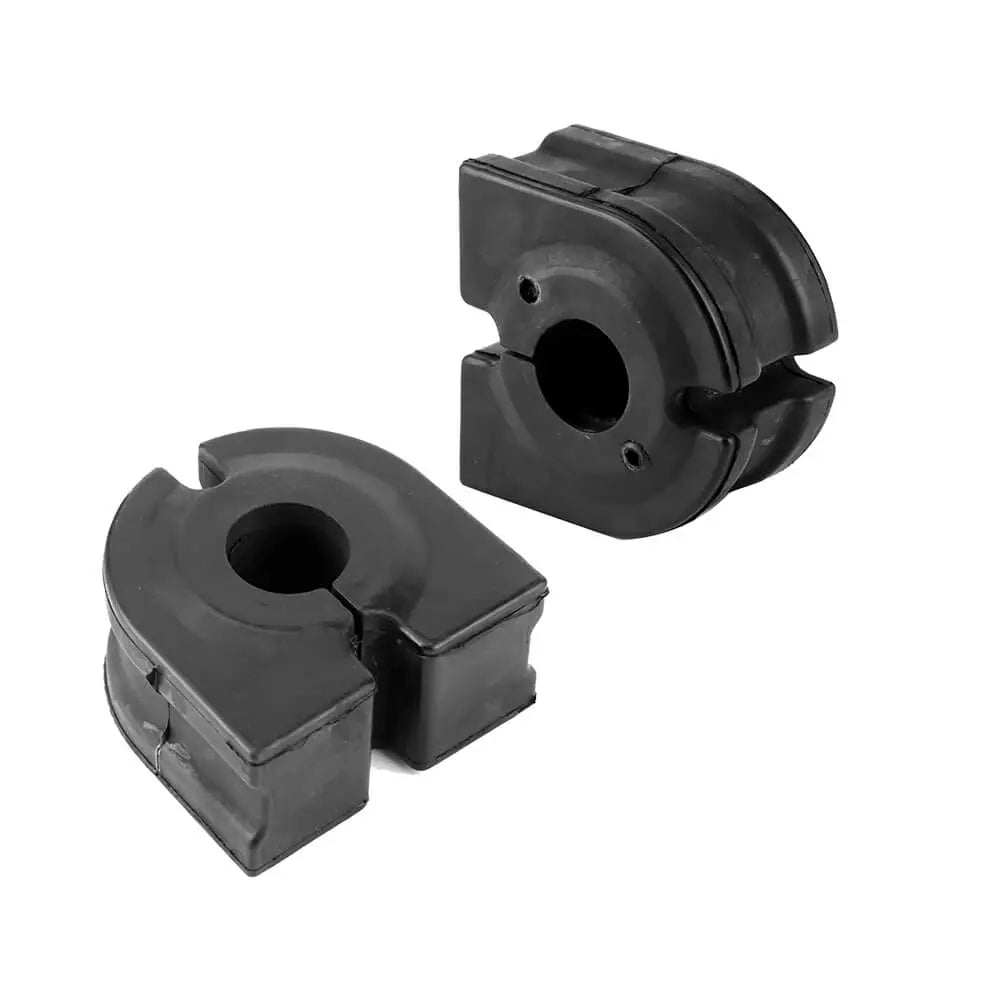
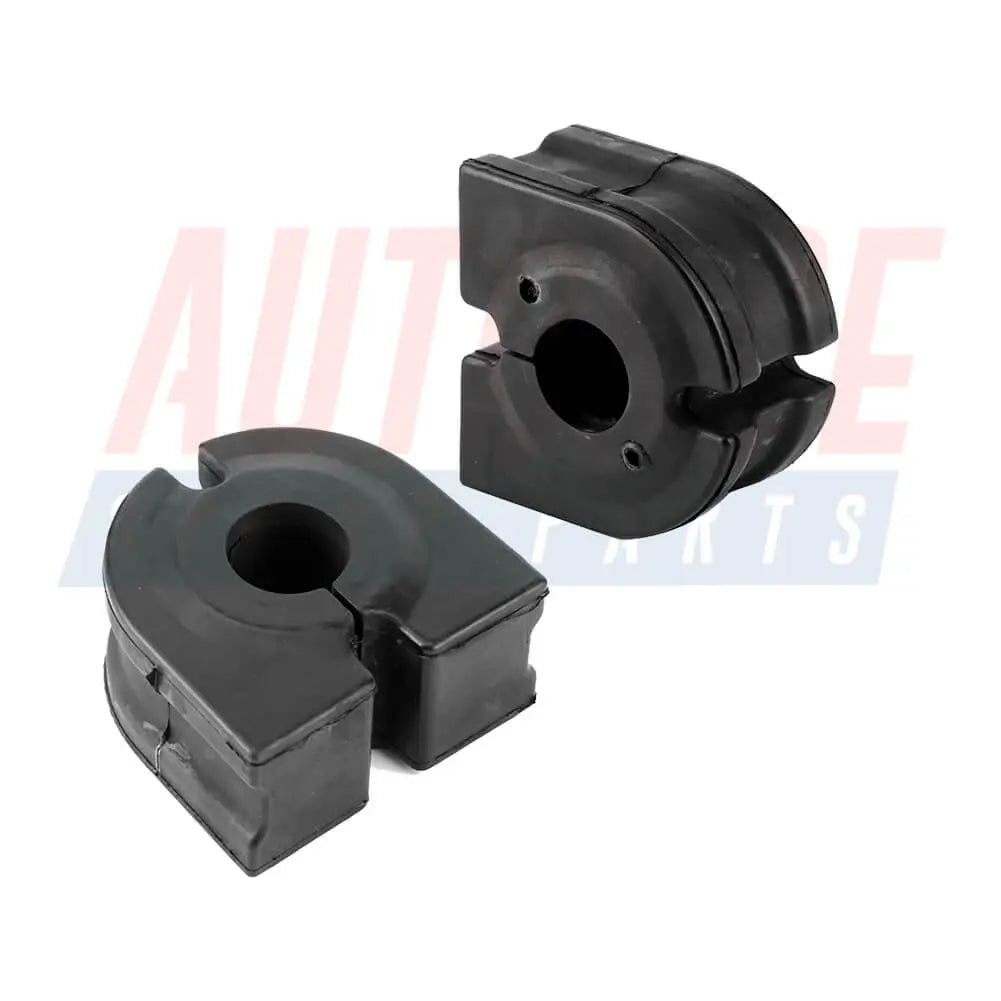
2 Pcs Front L/R Stabiliser Anti Roll Bar Bush For BMW 5-6-7 Series E60 E61 E63 E64 (E65, E66, E67) - 31356761591
In stock, 50 units
Sale price£12.90
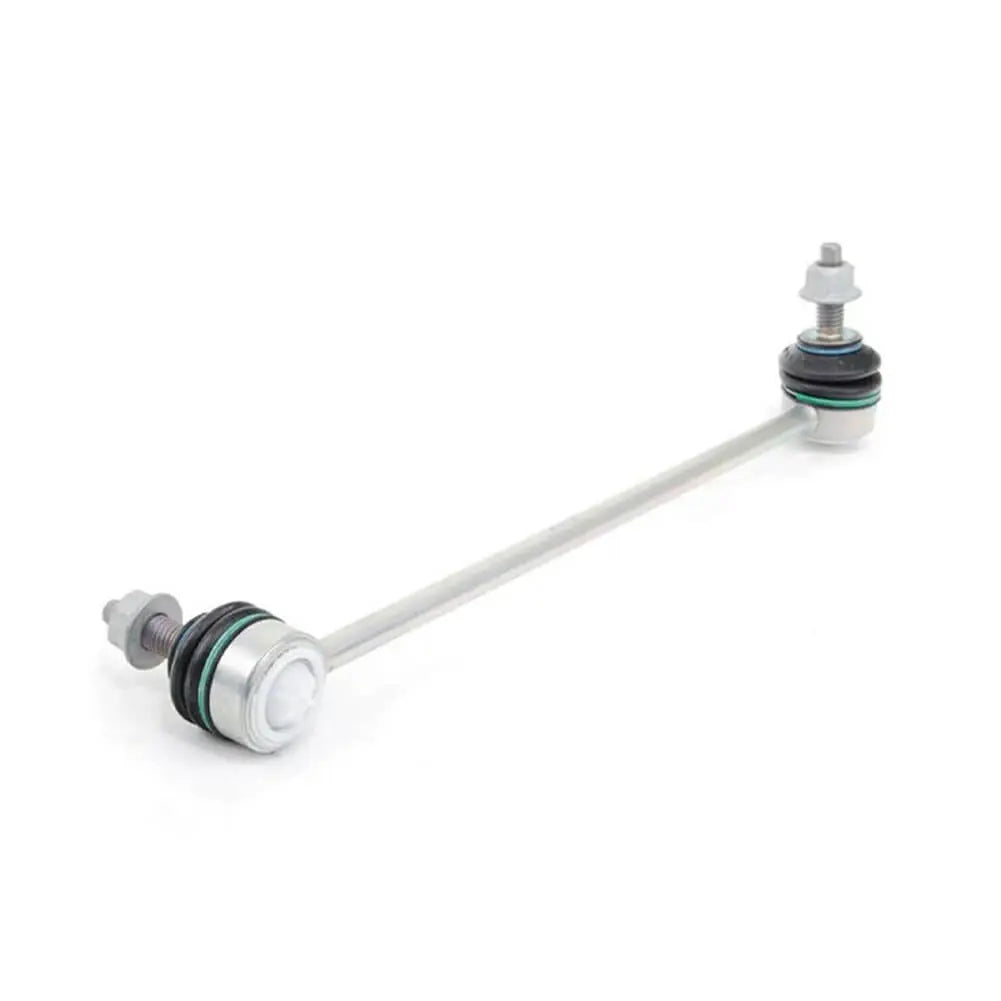
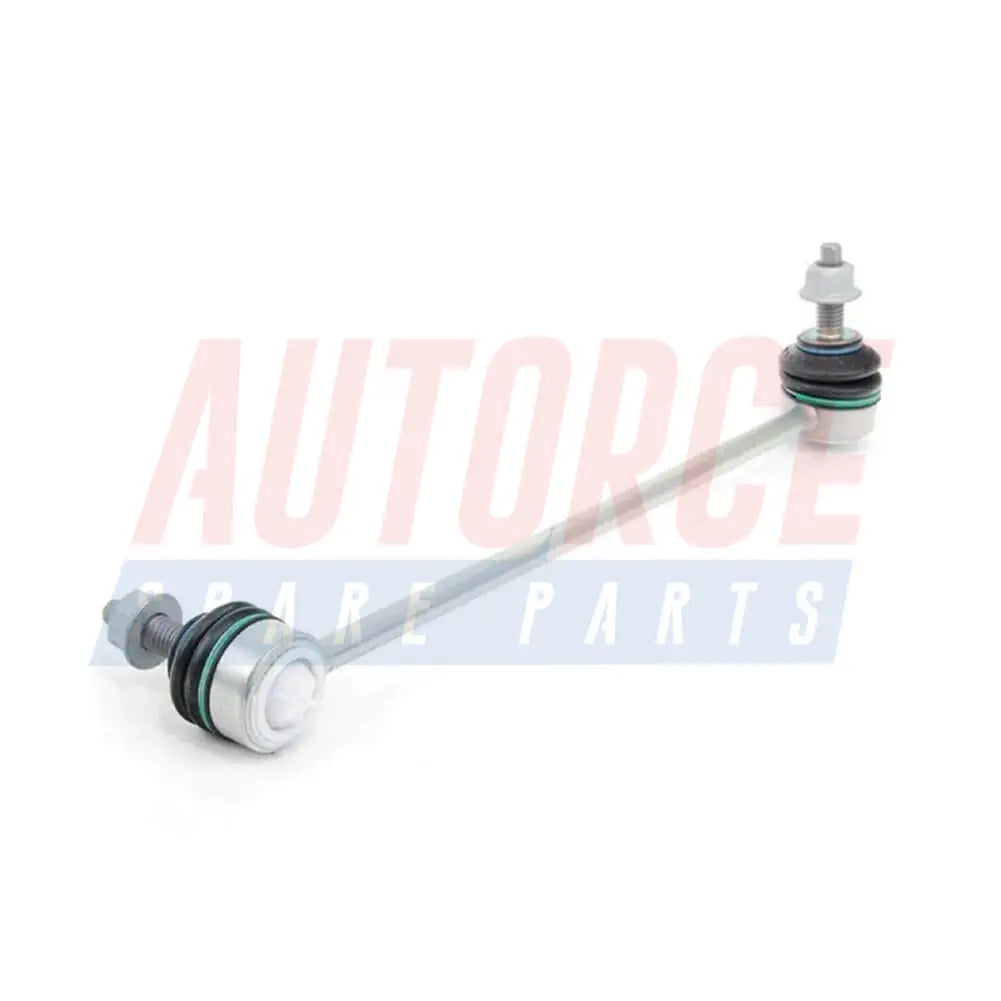
Front Left Stabiliser Anti Roll Bar Drop Links For Bmw 5 E60 E61 - 31306781547
In stock, 50 units
Sale price£11.90
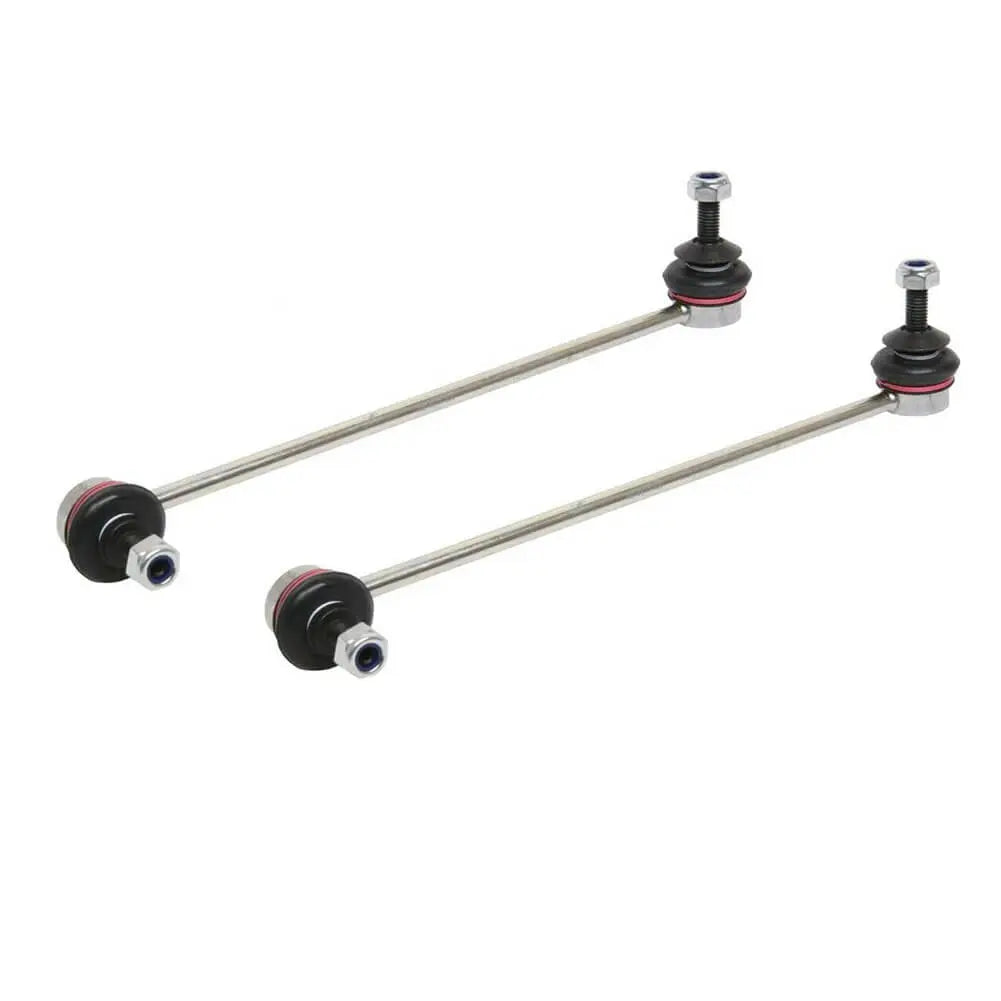
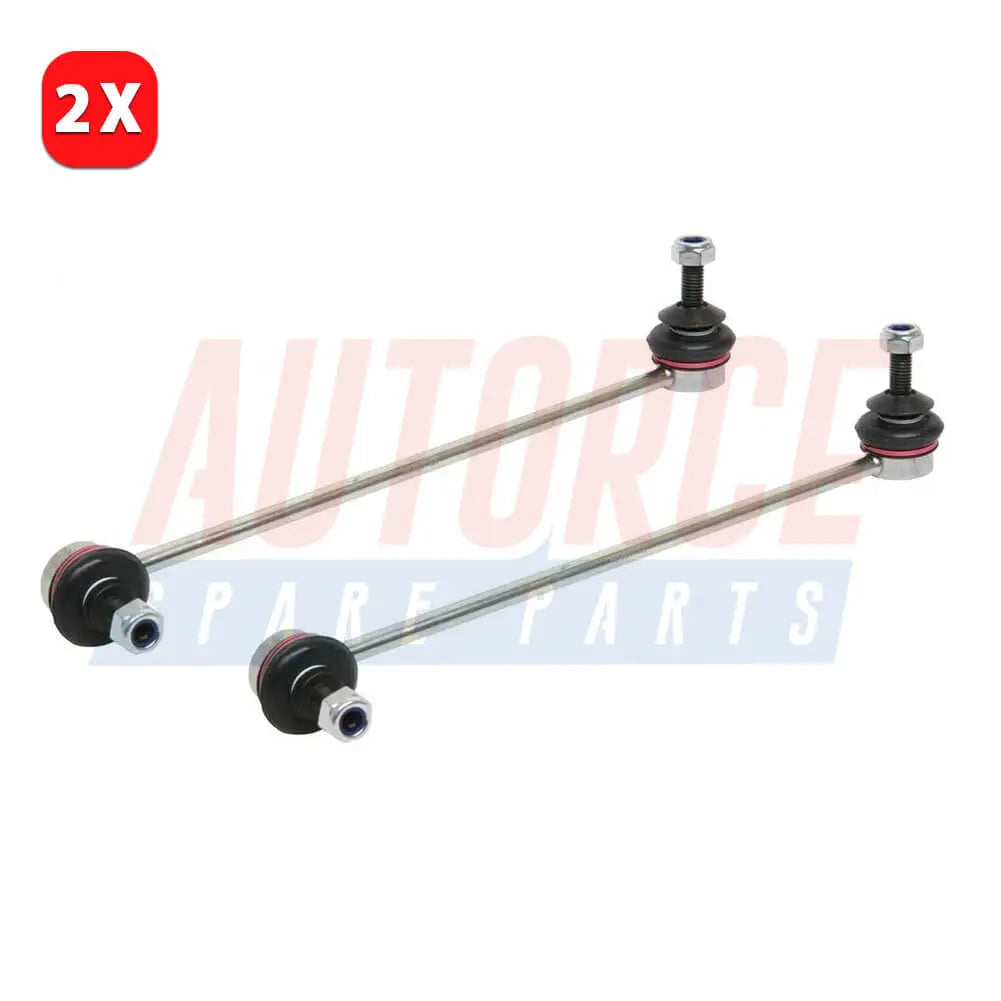
2 Pcs Front L/R Stabiliser Anti Roll Bar Drop Links For Bmw 5 E60 E61 - 31306781548
In stock, 50 units
Sale price£21.90


Front Right Stabiliser Anti Roll Bar Drop Links For Bmw 5 E60 E61 - 31306781548
In stock, 50 units
Sale price£11.90

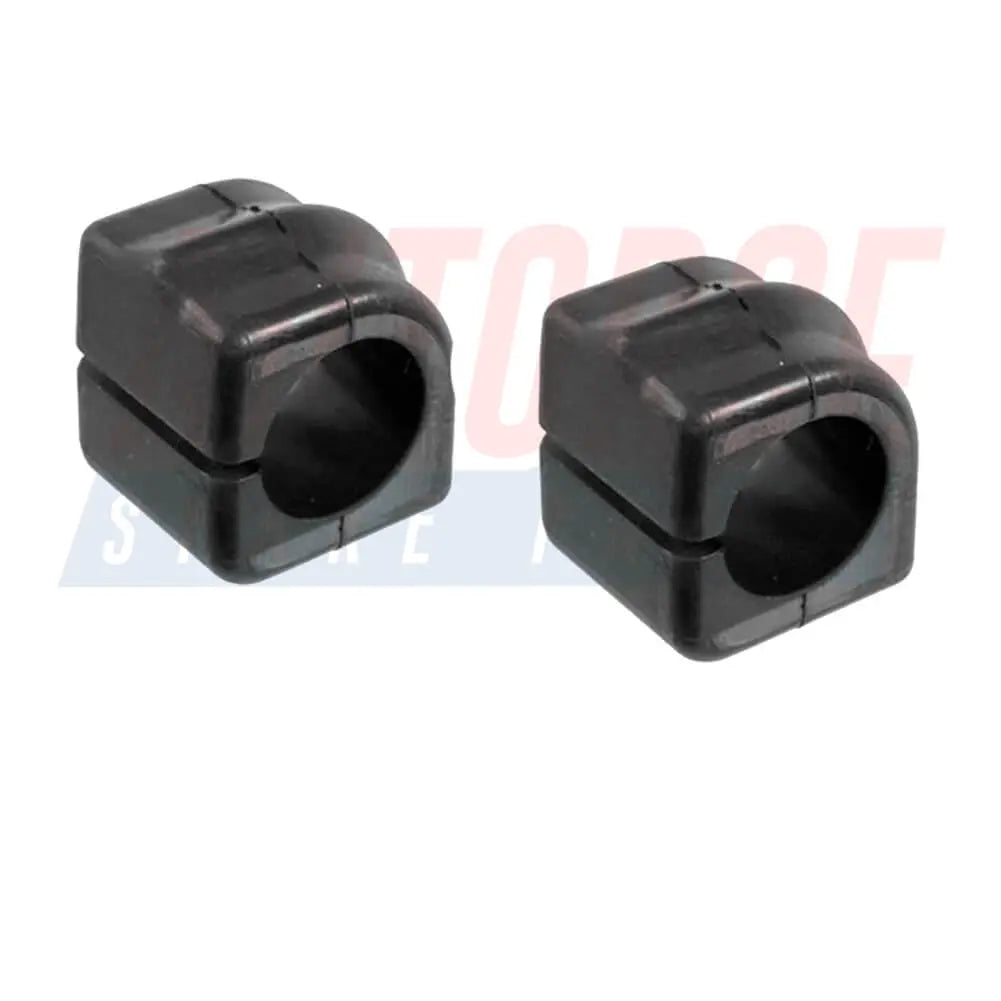
2 Pcs Front L/R Anti Roll Bar Mount Bush For VW Transporter (1990 - 2003) 701411041
In stock, 47 units
Sale price£9.90
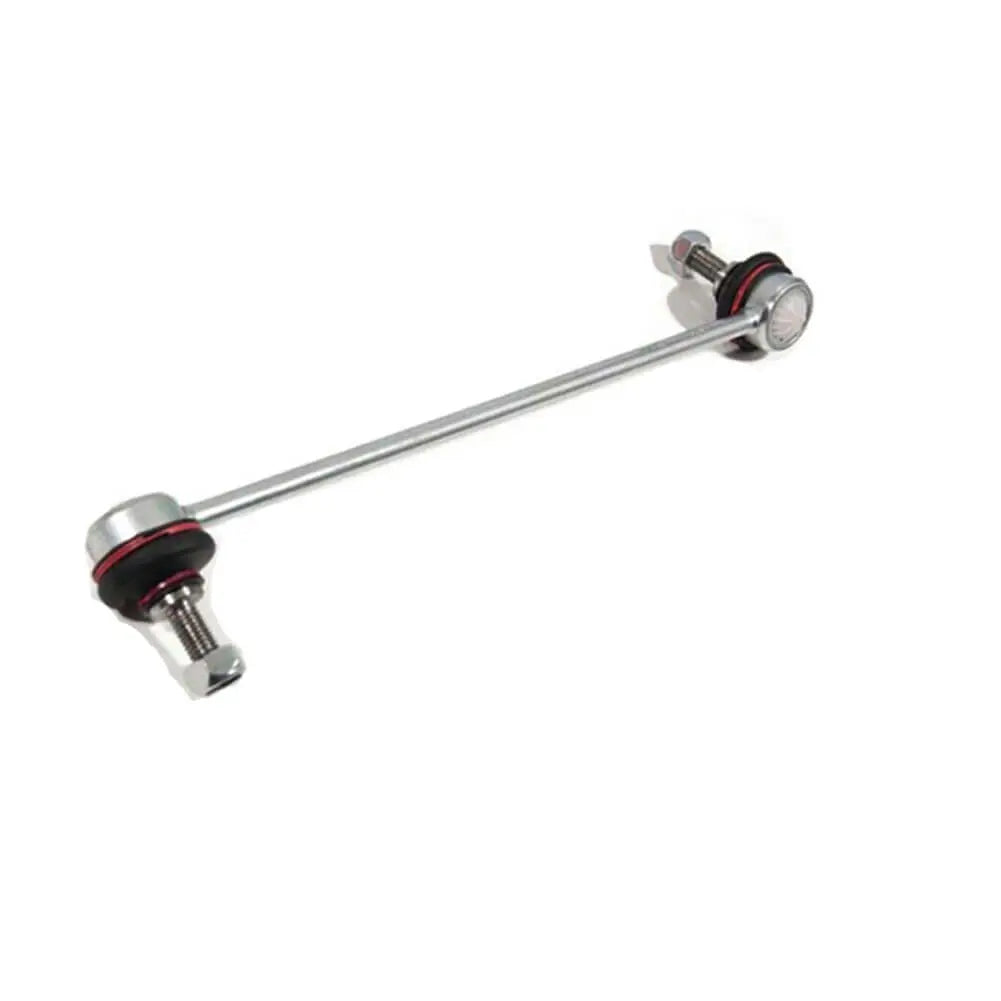
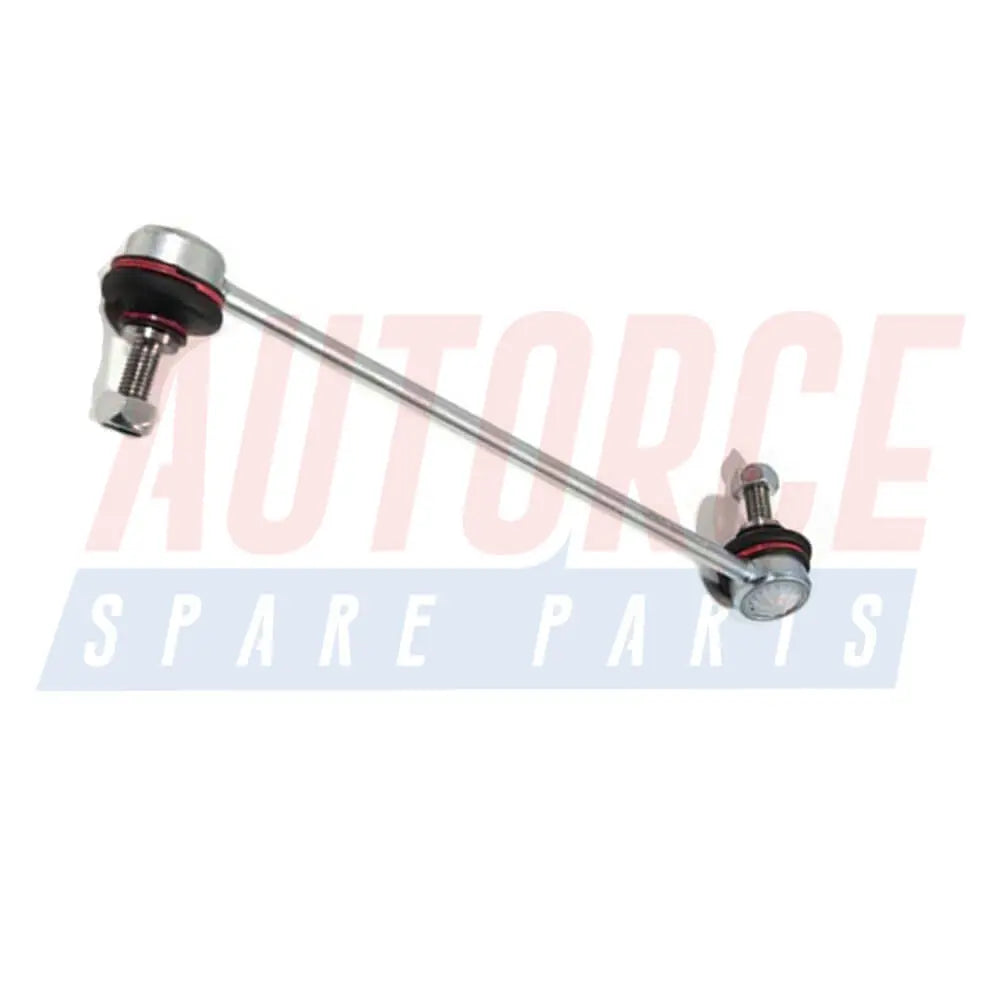
Front Right Stabiliser Anti Roll Bar Drop Links For Bmw X3 (E83) (2003 - 2011) 31303414300
In stock, 50 units
Sale price£12.90
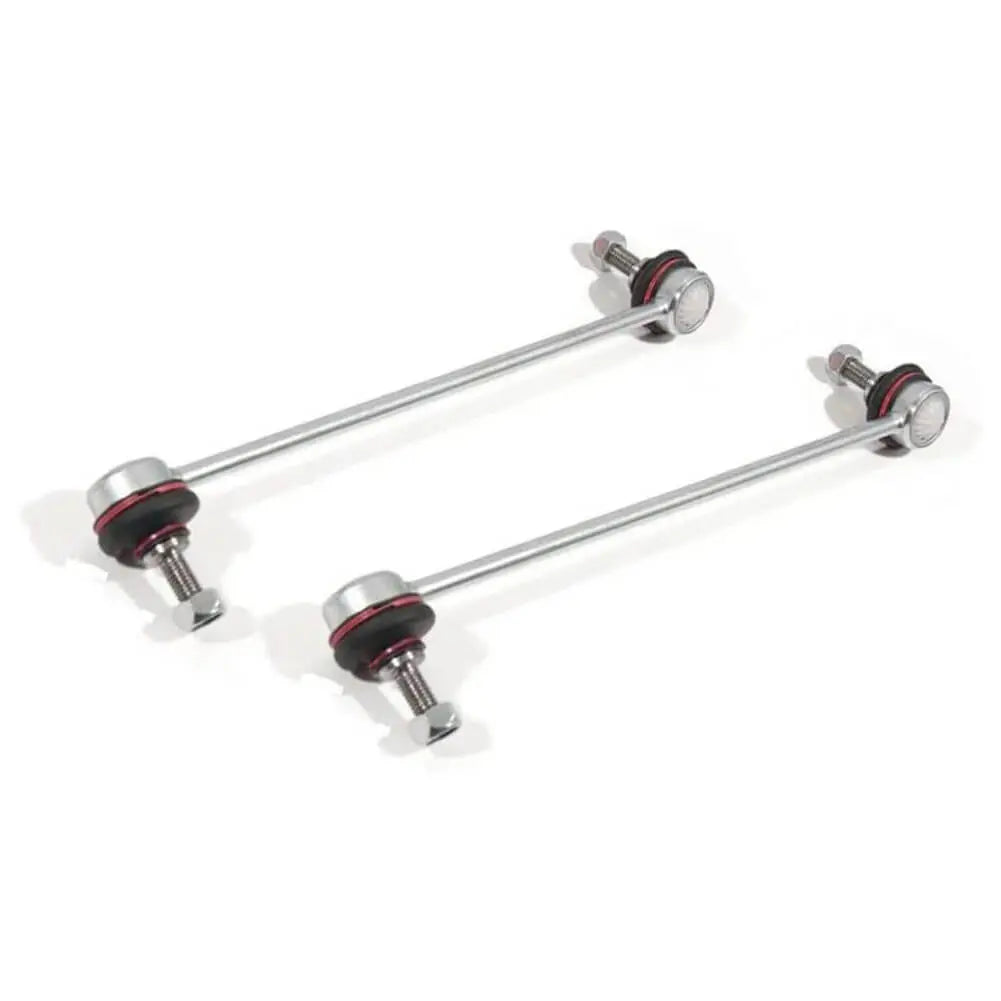
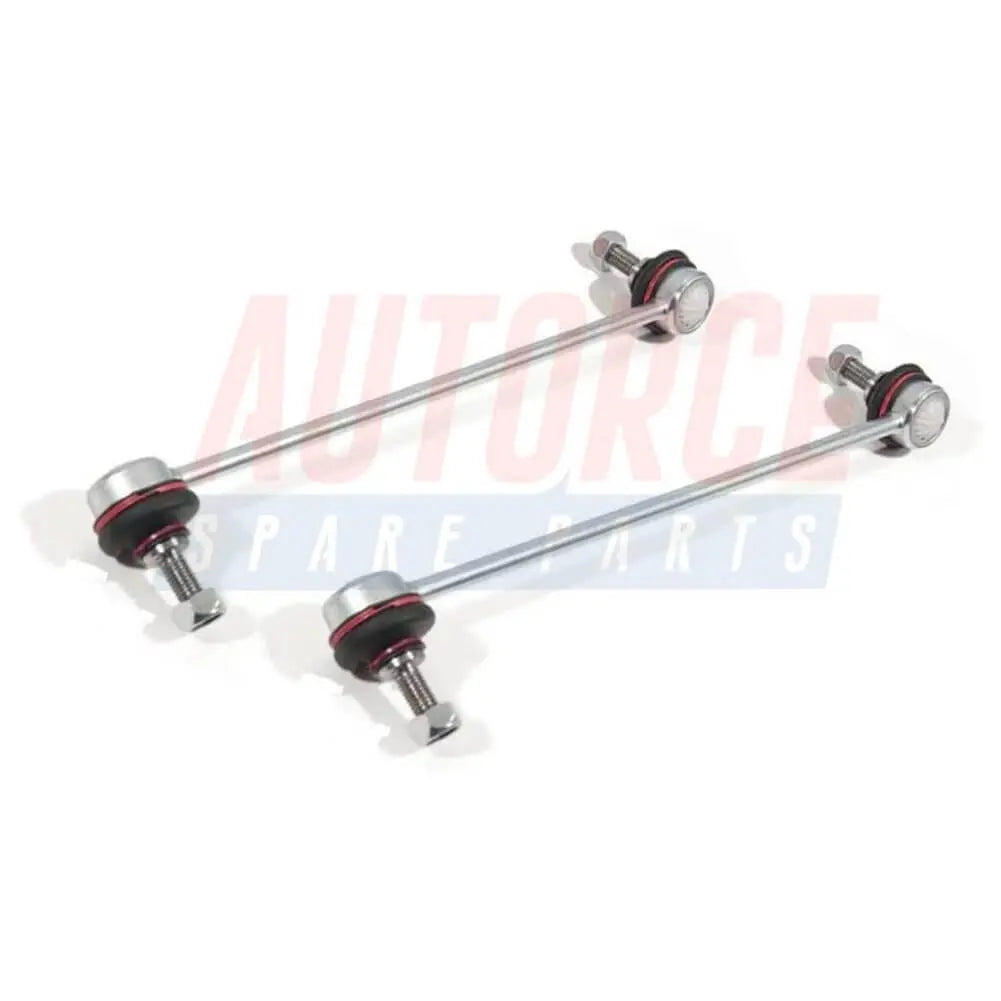
2 Pcs Front L/R Stabiliser Anti Roll Bar Drop Links For Bmw X3 (E83) (2003 - 2011) 31303414300, 31303414299
In stock, 50 units
Sale price£19.90
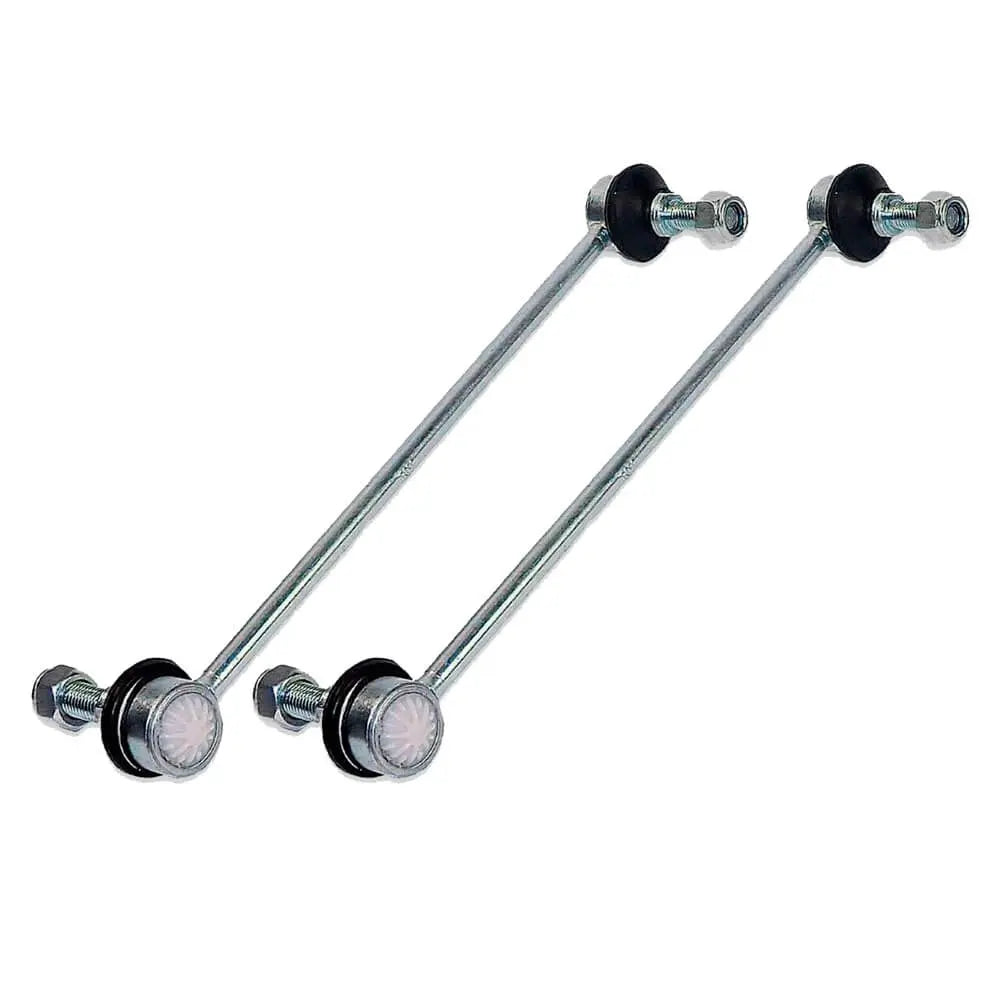

2 Pcs L/R Stabilizer Suspension Anti Roll Bar Drop Links For Ford Tourneo Transit MK6 MK7 - 3C113B438AC
In stock, 50 units
Sale price£16.90

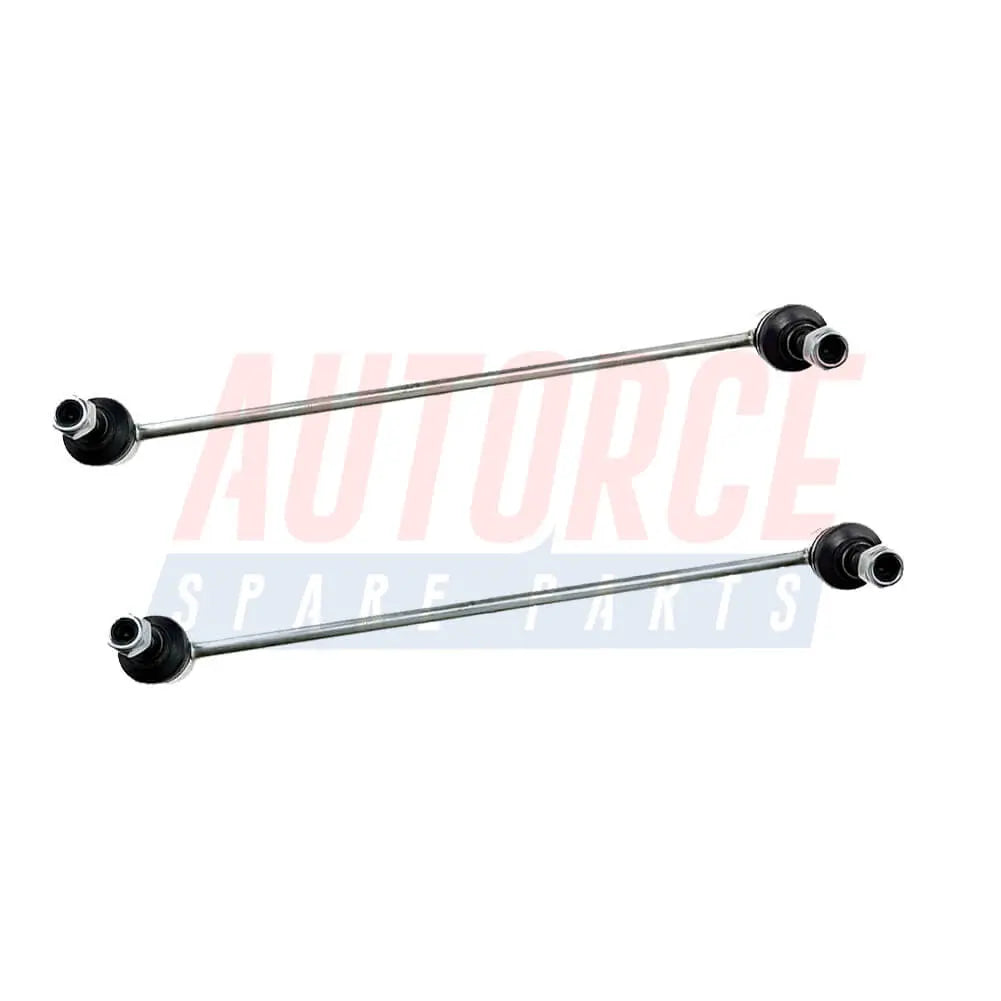
2 Pcs Front L/R Stabilizer Suspension Anti Roll Bar Drop For Bmw X5 (E53) (200 - 2006) 31356750704, 31356750703
In stock, 50 units
Sale price£22.90
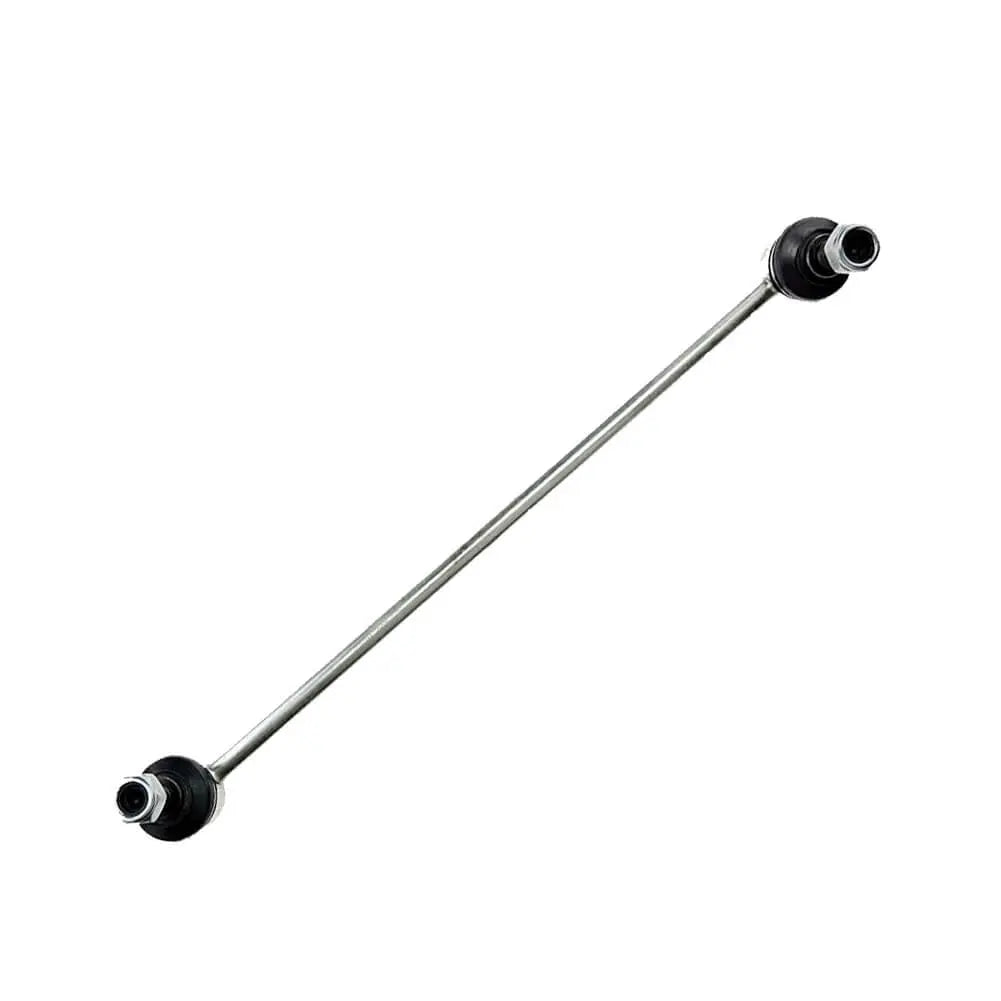

Front Right Stabiliser Anti Roll Bar Drop Link For Bmw X5 (E53) (2000 - 2006) - 31356750704
In stock, 47 units
Sale price£12.90
Filters (0)
